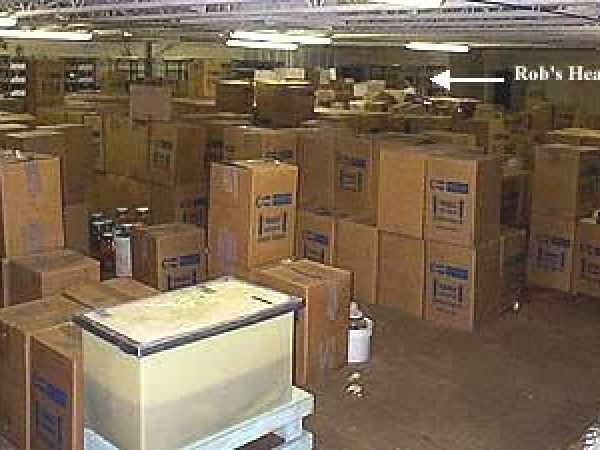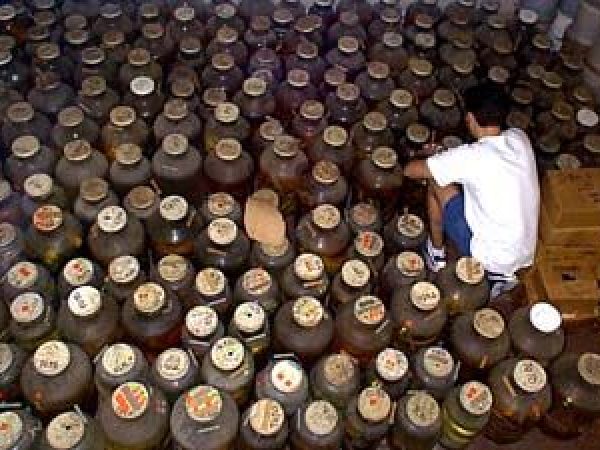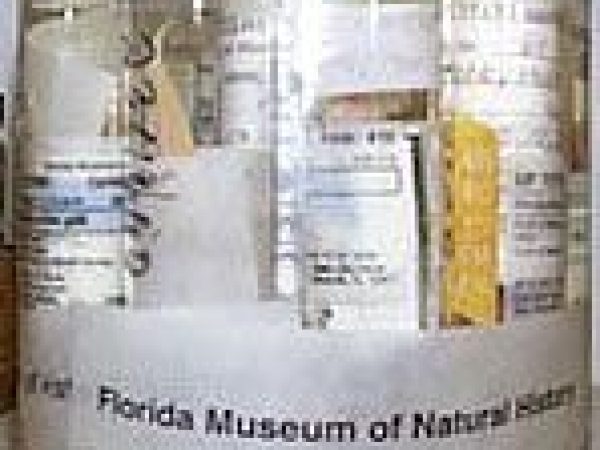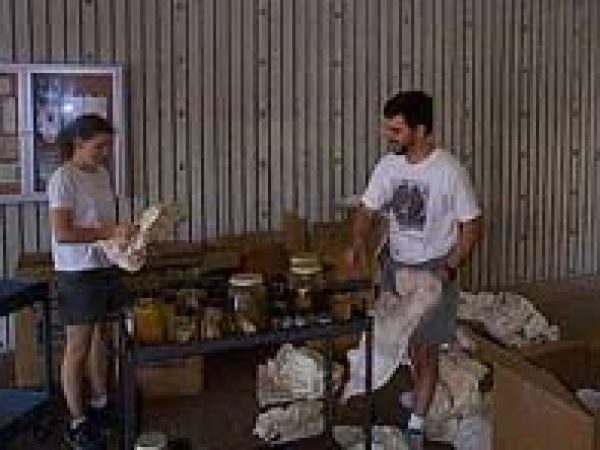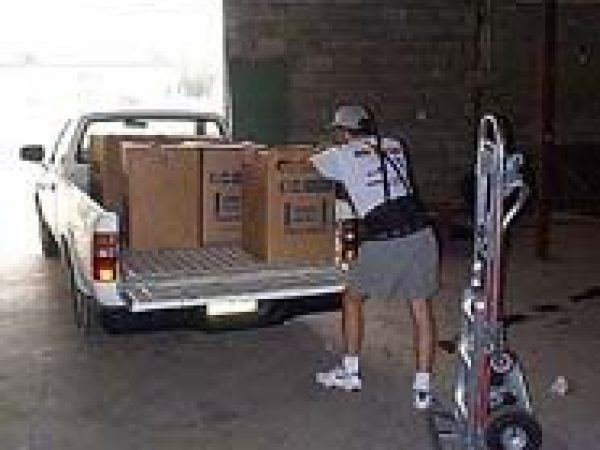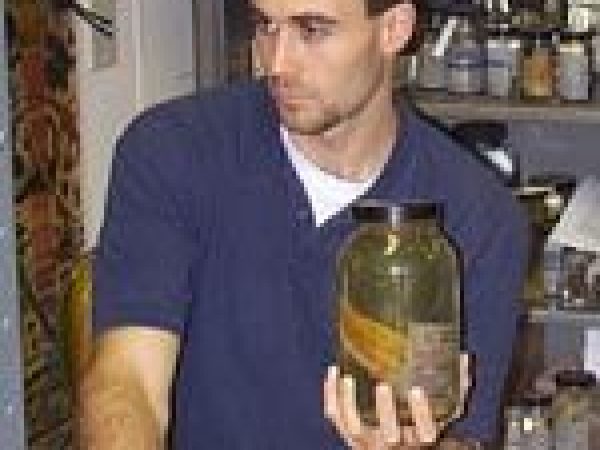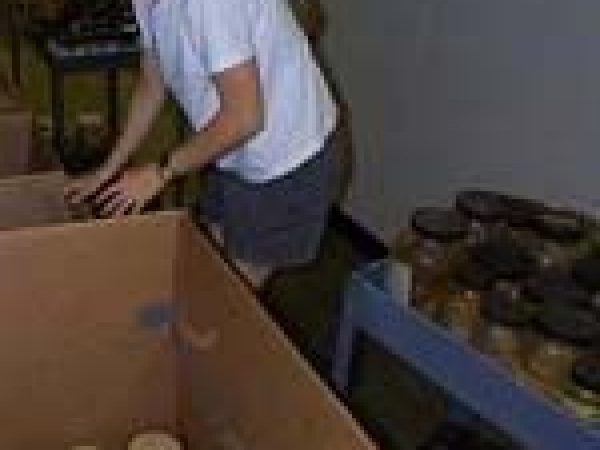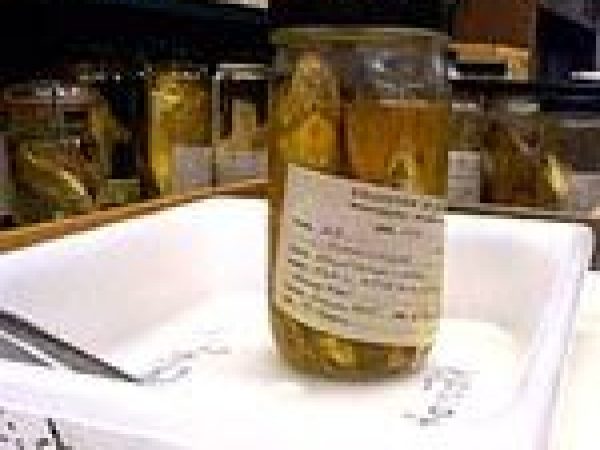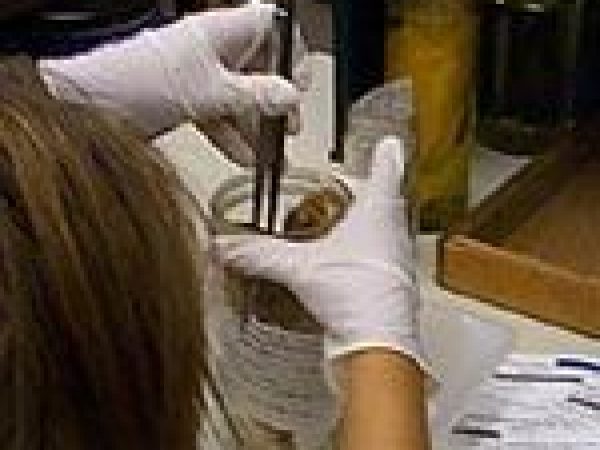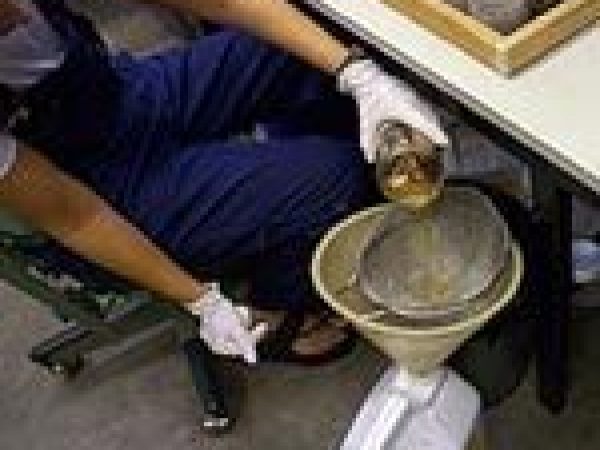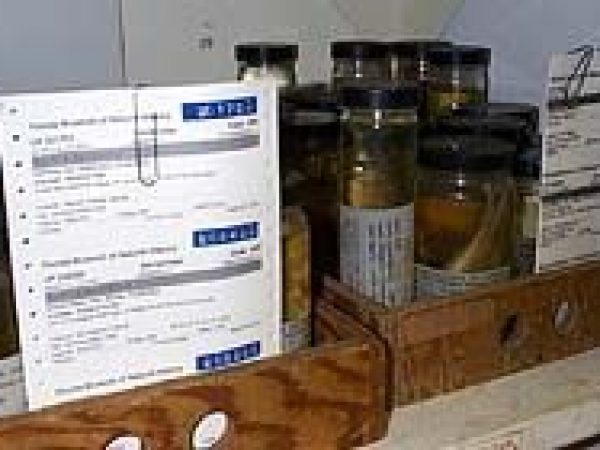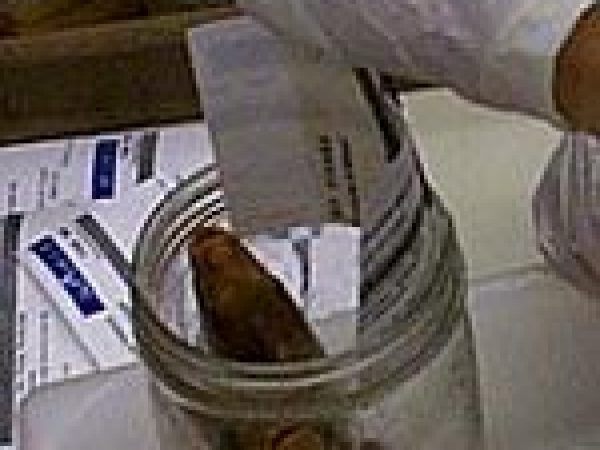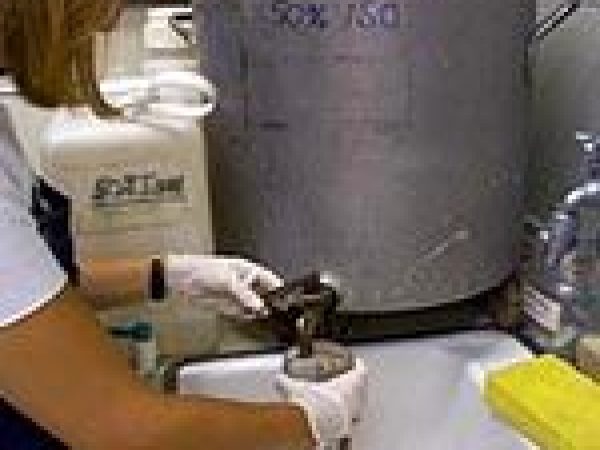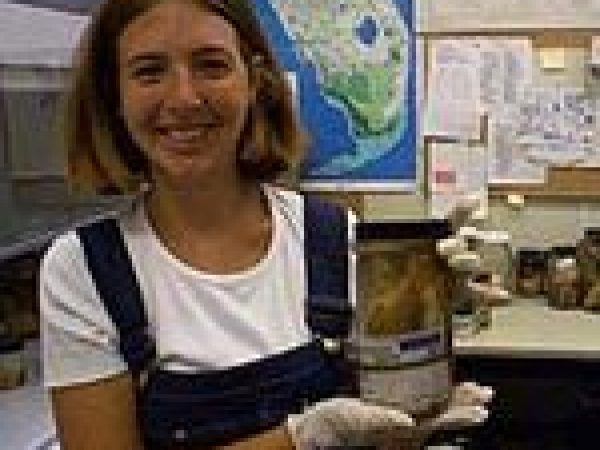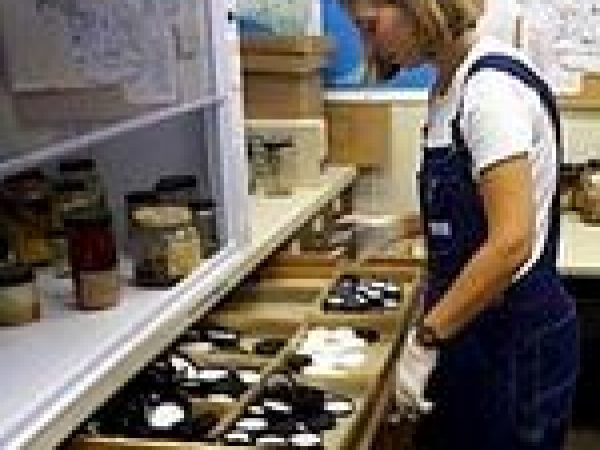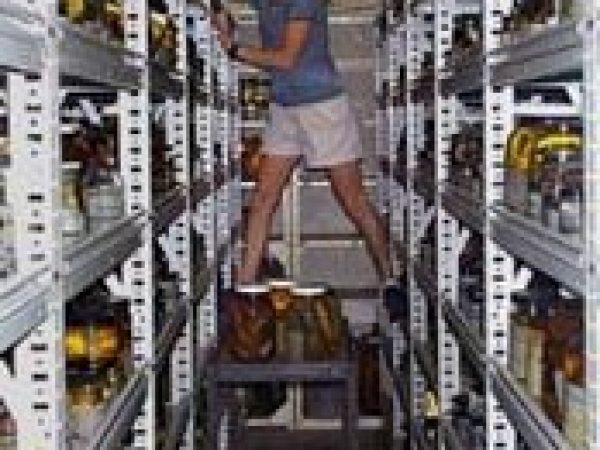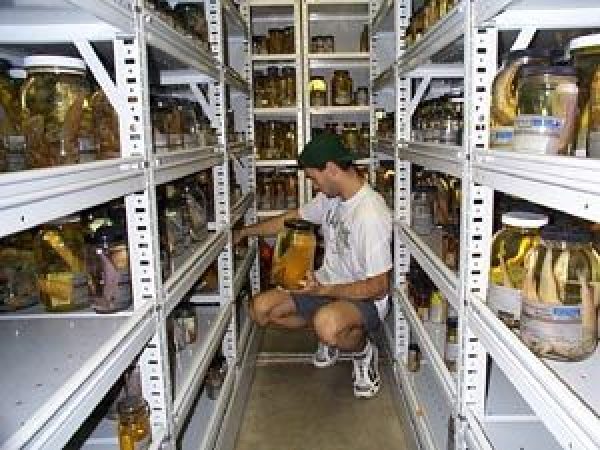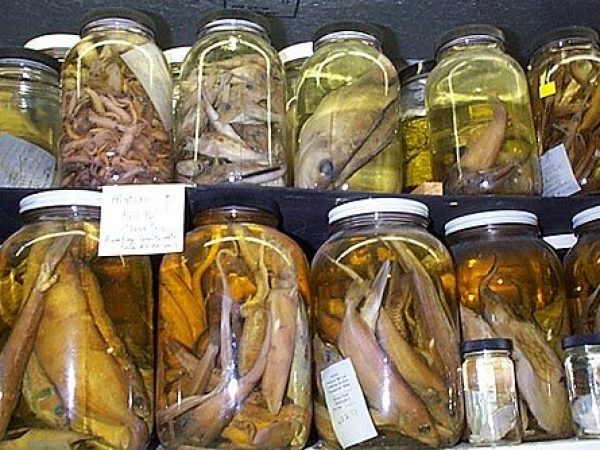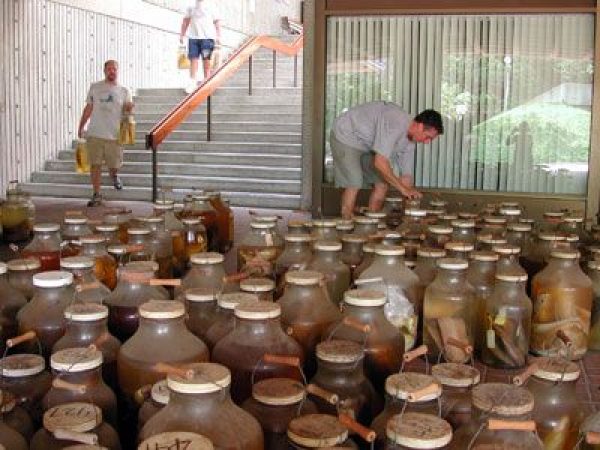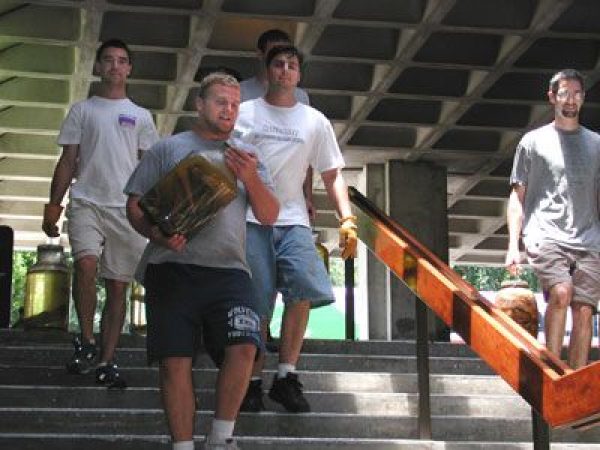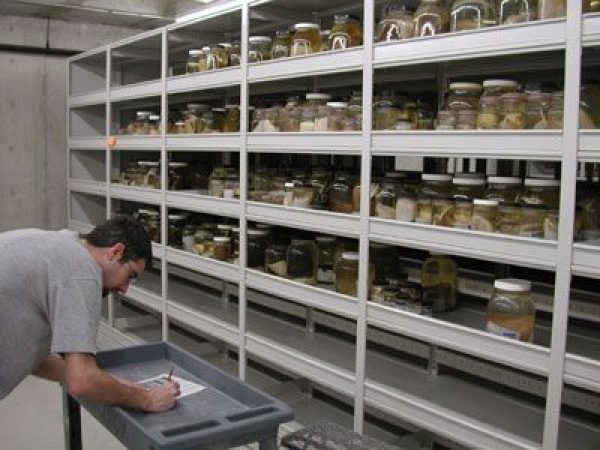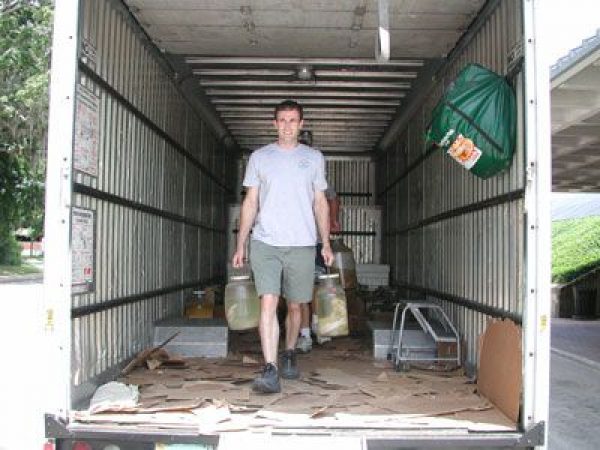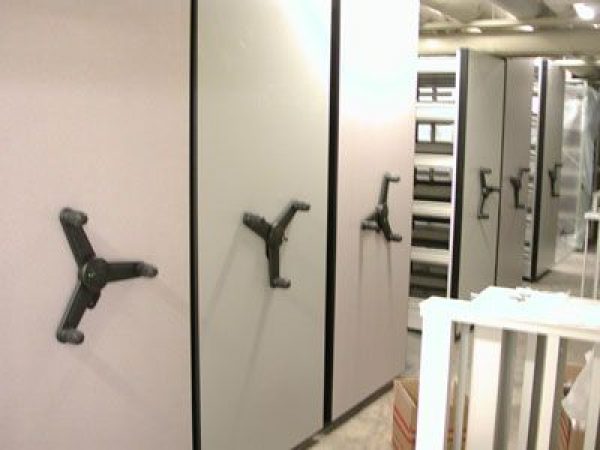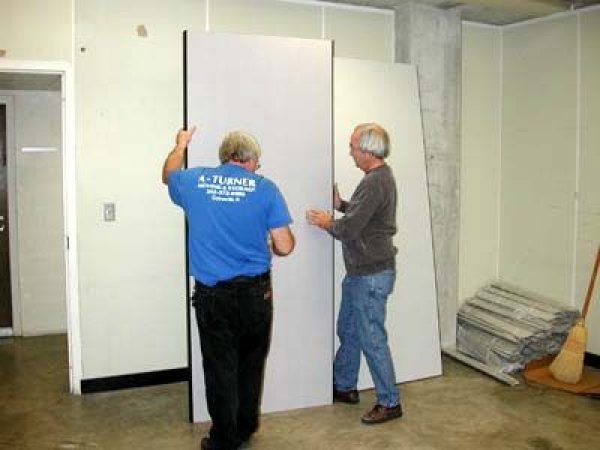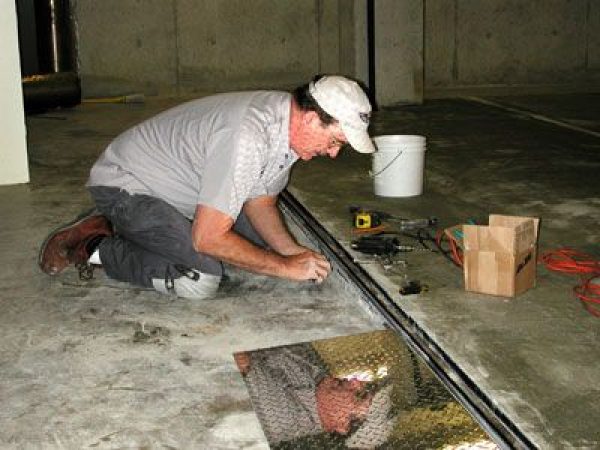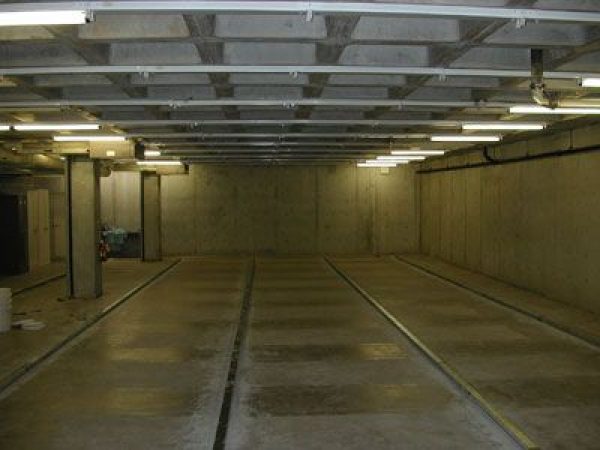Early Foundations
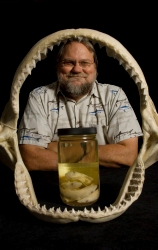
Although established in 1917, the Florida Museum of Natural History Fish Collection was small and parochial in character until the late 1950s. Leonard Giovannoli served as part-time curator during the 1930s and 1940s while teaching in the University of Florida Department of Biology. Another member of the Department, John D. Kilby, assumed curation responsibilities in 1951 and served through the decade. During this period the collection consisted mainly of Florida freshwater and shallow-water marine fishes. Several valuable collections were obtained in the late 1950s that signaled an upswing and broadening of ichthyological activity. These included small marine collections made in the Bahamas; estuarine and marine fishes from Tortuguero, Costa Rica; marine fishes from Jamaica; and marine fishes from the southeastern United States and Gulf of Mexico captured by the U.S. Fish and Wildlife Service exploratory fishing vessels Oregon and Silver Bay. John C. Briggs (1954-1957), Daniel M. Cohen (1957-1958), and Donn E. Rosen (1959-1961) later were active in the collection. Carter R. Gilbert was hired by the University of Florida Department of Biological Sciences in 1961 and subsequently (1963) joined the Museum staff on a full-time basis. George H. Burgess has been associated with the collection since 1975, first as a graduate student and subsequently as a staff member.
Collection Growth
The scope and growth of the fish collection has increased substantially during the last 35 years. An osteological collection was initiated during the mid-1960s and now comprises over 2,500 lots of disarticulated skeletons. Important reef collections from the tropical western Atlantic region have been added as a result of work on Grand Cayman Island, Antigua, the Bahamas, Isla de Providencia, and Florida. Freshwater and estuarine collections were made in Bolivia, Colombia, Costa Rica, Guatemala, Panama, and Venezuela. Donations of Venezuelan freshwater fishes have been received from Donald C. Taphorn of the Museo Zoologico, UNELLEZ, in Guanare periodically since 1977. UNELLEZ and the Florida Museum have in place an agreement that facilitates cooperative research programs in ichthyology and other disciplines. Small collections of Mexican freshwater fishes have been received periodically. The 1979 and 1985 donations of several thousand lots of deepwater marine fishes collected in the Gulf of Mexico and Caribbean Sea by National Marine Fisheries Service Southeast Fisheries Laboratory, Pascagoula personnel have significantly bolstered our holdings from this area and habitat.
Substantial collections of marine fishes from nearshore and deep waters off the Carolinas, northeastern and southwestern Florida, the Mississippi Delta, Texas, and Campeche, Mexico have been made in recent years, greatly augmenting the historically strong Florida Museum of Natural History coverage of these areas. Since the late 1970s the insular faunas of Hispaniola and the Cayman Islands have been surveyed extensively by Florida Museum of Natural History personnel; Florida Museum of Natural History holdings of Hispaniolan freshwater fishes are considerable and continue to grow. We also have received collections of fishes collected from Indo-Pacific reefs; Southeast Asian (Thailand and Malaysia) fresh waters, estuaries and nearshore marine waters; and Antarctica. Numerous freshwater collections from various parts of the United States have been accessioned throughout the years.
In addition to extensive collecting by Florida Museum of Natural History staff, a large number of important collections of North American freshwater fishes have been received from many individuals, private firms and governmental agencies. Notable additions include 825 lots of selected eastern U.S. species from Robert A. Kuehne and Roger W. Barbour of the University of Kentucky, approximately a thousand lots of Maryland fishes, 550 lots from Illinois, 500 lots of Georgia fishes, 500 lots from Virginia, 400 lots of Mississippi fishes, and over a thousand lots from North Carolina. Valuable reef fish collections from the Carolinas have been accessioned continuously since the mid-1970s. Florida marine and freshwater collections have been forwarded by numerous individuals and organizations. Some of the most significant acquisitions include major donations of freshwater material from the Everglades and the Florida panhandle; freshwater and estuarine collections from the Indian River region; inshore and reef fishes from the Boca Raton and Palm Beach areas; estuarine surveys of the lower St. Johns River; and marine fishes from the northeastern Gulf of Mexico. The National Biological Service’s Gainesville laboratory has been particularly active in surveying Southeast U.S. freshwater fishes and their valuable collections are continually accessioned into the Museum.
Important Acquisitions
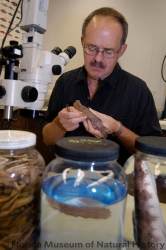
The largest, and perhaps most important, acquisitions have been the fish collections formerly housed at the Tropical Atlantic Biological Laboratory (TABL, now the National Marine Fisheries Service’s Southeast Fisheries Center, Miami); Florida State University (FSU), Tallahassee; and the University of Miami (UMML). Approximately 75% of the TABL collection was transferred to the Florida Museum of Natural History in 1972-1973. Most of the remaining TABL material was moved to Gainesville in 1995 as part of the transfer of the UMML collection to the Florida Museum of Natural History. The TABL material consists mostly of fishes collected in the tropical western Atlantic region, beginning in 1950, by U.S. Fish and Wildlife Service exploratory fishing vessels, with lesser quantities taken during exploratory work conducted in the tropical eastern Atlantic, and from estuarine and nearshore surveys in the southeastern United States and Gulf of Mexico.
The transfer of the FSU collection (27,300 cataloged lots plus backlog) to Gainesville in 1982 was supported by a National Science Foundation curation support grant. The addition of the FSU collection solidified the Florida Museum’s freshwater and marine coverage of the Florida panhandle, added significantly to holdings of non-Florida southeastern freshwater fishes, and enhanced the scope of Central American freshwater and Caribbean marine coverage.
In late 1995, the University of Miami’s 35,000 cataloged lots (plus an estimated 40,000 backlog lots) were transfered to Gainesville and are now being incorporated into the Florida Museum of Natural History. This historically important collection has significantly enhanced coverage of western Atlantic reef and deepwater marine habitats, and bolstered holdings of tropical eastern Atlantic and tropical eastern Pacific fishes.
